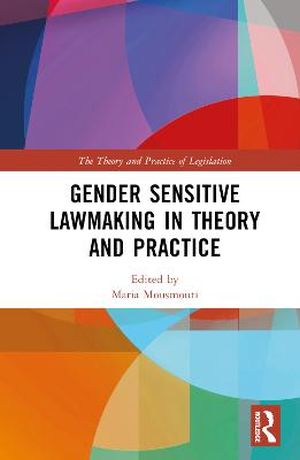We are now closed for the Christmas and New Year period, returning on Monday 5th January 2026. Orders placed during this time will be processed upon our return on 5th January.

This book addresses key questions around gender-sensitive legislation as a key output of gender sensitive Parliaments and explores practical ways to promote gender-sensitive ex-ante scrutiny of legislation, improve implementation through gender responsive budgeting, assess the gender impact of legislation ex post and express laws in gender inclusive ways.
All laws have a gender, and the gender of the law can reveal itself in the language, the content and the results of legislation. Gender-blind laws can discriminate directly or indirectly against individuals or population groups, can produce unwanted effects, can reproduce gender stereotypes, and can render laws and policies ineffective. Gender-sensitive legislation on the other hand, can be expected to achieve its desired legislative objectives without unwanted differential impact on the grounds of gender and other individual characteristics and can simultaneously promote gender equality. This book advances the premise that gender sensitive legislation is not the result of political will or good intentions alone but the outcome of gender-sensitive legislative decision-making throughout the life cycle of legislation. This means that gender concerns need to be an integral part of the processes of legislative design and drafting, ex-ante and ex-post legislative scrutiny and implementation of legislation.
Gender Sensitive Lawmaking in Theory and Practice will be a great resource for academics, researchers, and advanced students of Law, Public Policy, Gender and Women’s Studies and Sociology. The chapters included in this book were originally published as a special issue of The Theory and Practice of Legislation.